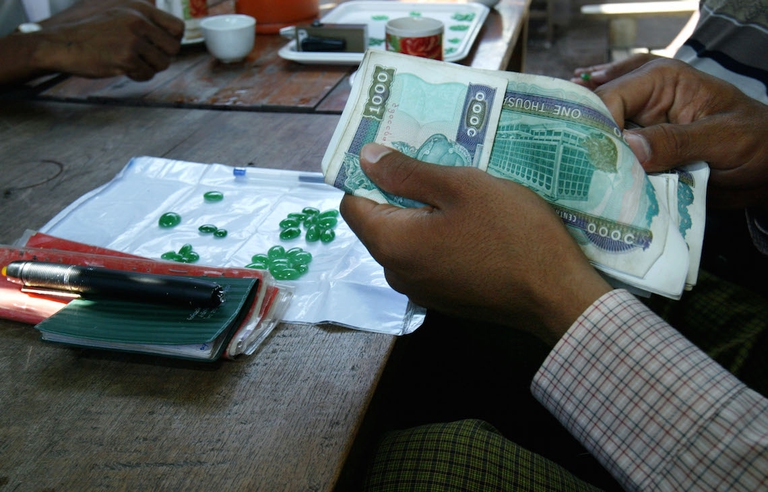
As per tradition after 12 years India held Mahakumbh, the world’s largest spiritual congregation that has been attracting pilgrims from across the globe.
At least 113 people died in a landslide at the site of a jade mine in the township of Hpakant in the state of Kachin, northern Myanmar on the 21st of November. A 60 metre high mountain of waste collapsed in the middle of the night, burying the 70 huts located at its foot together
At least 113 people died in a landslide at the site of a jade mine in the township of Hpakant in the state of Kachin, northern Myanmar on the 21st of November. A 60 metre high mountain of waste collapsed in the middle of the night, burying the 70 huts located at its foot together with the miners sleeping in them. Even though as many as 100 people are said to still be missing, police announced that on the 25th of November rescue workers ended research efforts to find bodies.
Most of the landslide victims are itinerant jade pickers and their families. Living in makeshift huts, they spend long hours scavenging amongst the piles of waste left by mining activities, looking for scraps of the precious stone. Zaw Zaw Aung, a 29 year-old miner, told Myanmar newspaper Irrawaddy that he has spent days searching for his parents under the debris, but could only find traces of their home. Like him, many other families of the victims have been offered a 600,000 Kyats ($550) compensation by the Kachin government. This “desultory” sum is an indicator of how little of the multi-billion dollar extractive industry’s profits actually goes into Kachin State coffers, according to the Irrawaddy. Furthermore, neither of the two mining companies responsible for creating the mountain of waste that collapsed have offered any compensation for the victims.
The jade mine landslide in Myanmar is the most devastating to have struck the country in a decade, even though dozens of jade pickers have been killed or left maimed in the past year in similar circumstances, highlighting the precarious working conditions of Kachin miners.
Dark shadows surround Myanmar’s mining sector. The jade trade alone is thought to have been worth $31 million in 2014, equivalent to 48% of the country’s gross domestic product according to a report released by Global Witness, which campaigns for transparency in extractive industries, and documented by Myanmar photographer Minzayar. Digging into the little information available on this secretive business, the anticorruption organisation reports that the vast majority of its profits go to military leaders and their allies. Instead the people of Kachin, which is in a state of conflict between then Myanmar government and the Kachin Independence Army, “are seeing their livelihoods disappear and their landscape shattered by the intensifying scramble for their most prized asset,” jade.
Siamo anche su WhatsApp. Segui il canale ufficiale LifeGate per restare aggiornata, aggiornato sulle ultime notizie e sulle nostre attività.
![]()
Quest'opera è distribuita con Licenza Creative Commons Attribuzione - Non commerciale - Non opere derivate 4.0 Internazionale.
As per tradition after 12 years India held Mahakumbh, the world’s largest spiritual congregation that has been attracting pilgrims from across the globe.
Workers in tea gardens of West Bengal, India, that produces Ctc tea for domestic consumption complain that they have been devoid of basic facilities while political parties make hollow promises during every elections which are never fulfilled.
India is in the middle of the elections, but sadly none of the politicians have uttered a word on man-animal conflict that has been devouring several lives every year.
Manipur, a state in north-east India, is still reeling under the tremors of violence that broke out last year devouring lives and paralyzing the economy.
The government of Tanzania is currently planning to evict more than 80.000 indigenous Maasai people from their ancenstral land
A new UNU-INWEH report on the global bottled water industry reveals the massive scale of this market and the lack of strict quality controls.
Isatou Ceesay founded a social enterprise that is helping to fight plastic pollution and empowering women and young people to gain economic independence.
In 2020, Mihela Hladin made a radical decision that many, in recent times, have probably considered. This is her story, with photos by Matt Audiffret.
The Brazilian government has started evicting illegal gold miners, responsible for the health emergency that has hit the Yanomami people.








